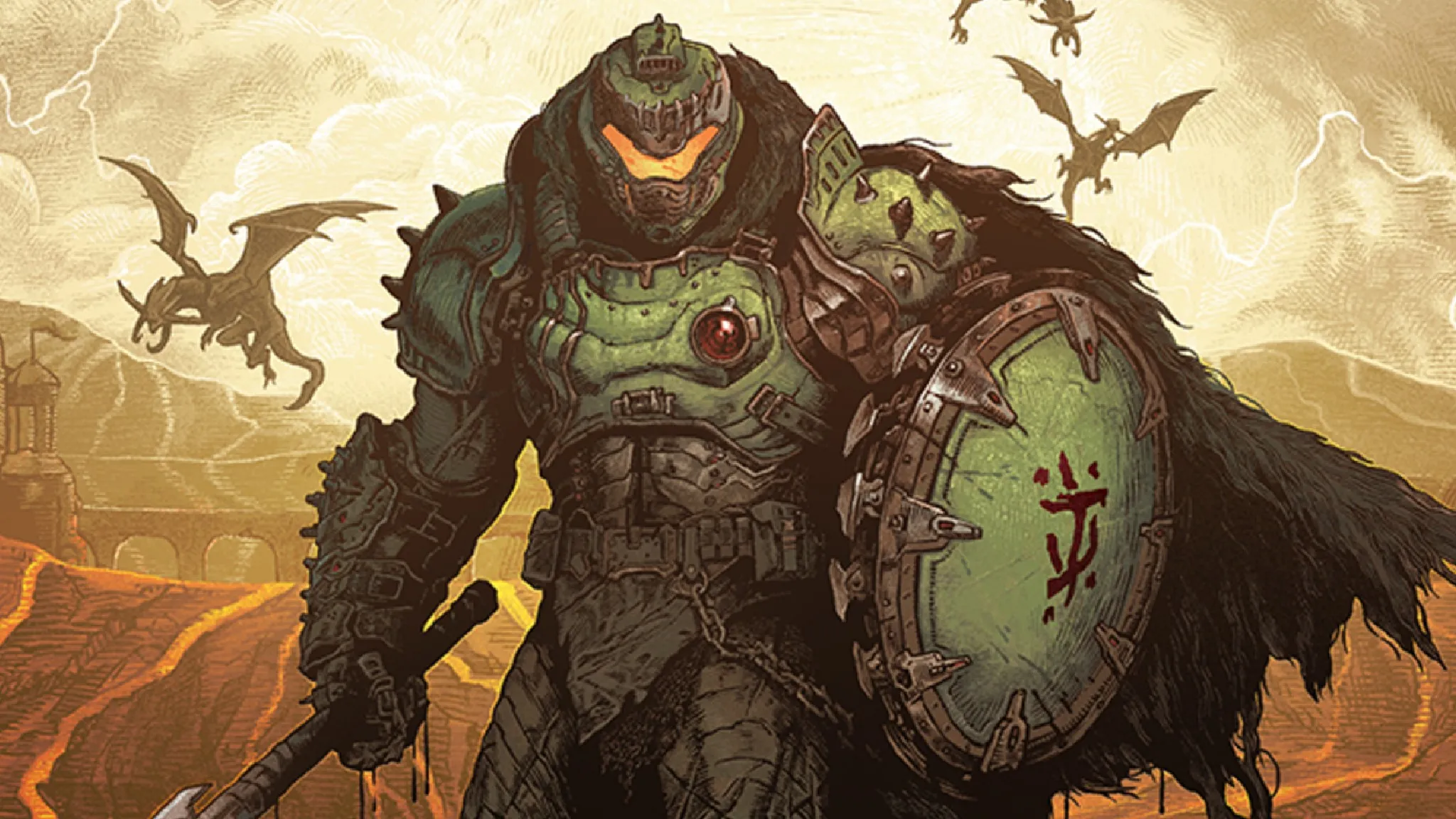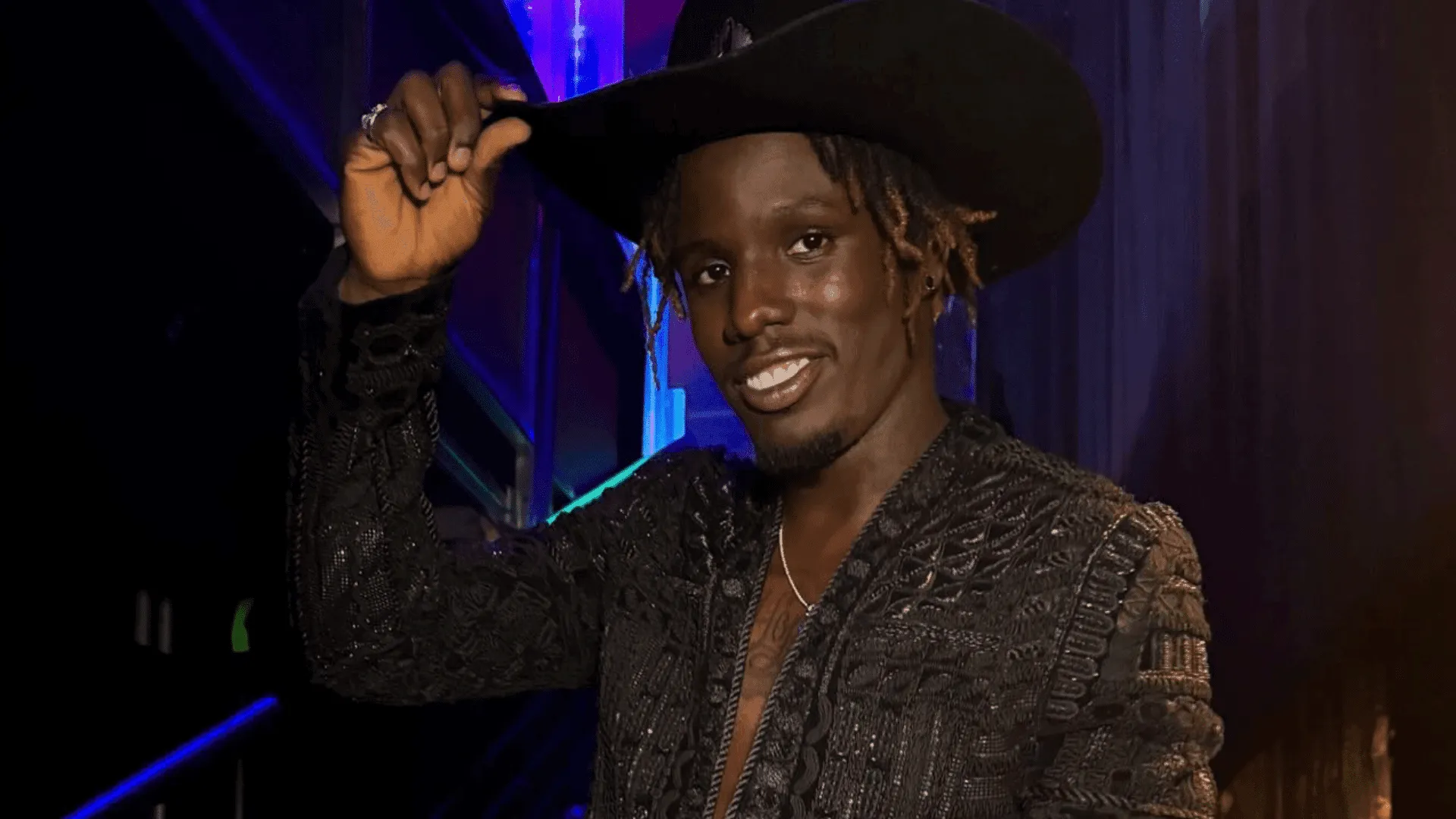Unveiling Diego Garcia: The Hidden Military Base Shaping Global Politics
Nestled in the Indian Ocean, Diego Garcia is a remote atoll that has become a pivotal player in global military strategy. Located about 1,000 miles from the nearest continent, its strategic position along major international trade routes between Asia and Africa has made it a focal point for U.S. military operations. This article explores the historical context, current significance, and future implications of the U.S. military base on Diego Garcia.
Diego Garcia’s military base is one of the largest and most secretive installations in the world. Established in the 1970s, it primarily serves as a hub for surveillance and military operations. The base’s existence is shrouded in controversy, stemming from the forced expulsion of the indigenous Chagossians, who were removed from their homeland to facilitate the establishment of the base. This act has led to ongoing legal and ethical debates, highlighting the complex interplay between military strategy and human rights.
The base plays a crucial role in U.S. military strategy, particularly in the Indo-Pacific region. It serves as a key logistics and support hub for operations in the Middle East and Asia. The U.S. military presence on Diego Garcia has been instrumental in various military operations, including the Gulf War and the War on Terror. It has provided a vital launch point for airstrikes and intelligence missions, underscoring its importance in contemporary military engagements.
Concerns surrounding sovereignty and the geopolitical implications of U.S.-China relations have intensified due to the presence of the U.S. military on Diego Garcia. As China expands its influence in the Indian Ocean, the strategic significance of Diego Garcia is further heightened. The base is heavily fortified and largely off-limits to civilians, contributing to its aura of secrecy and speculation about its activities.
The historical context of Diego Garcia’s establishment involves complex negotiations between the U.S. and the UK. In 1966, a secret agreement facilitated the construction of the base, which included the removal of the Chagossians from their homeland. This colonial legacy continues to raise questions about international law and the rights of indigenous populations. The United Nations has ruled that the UK’s sovereignty over the Chagos Islands, including Diego Garcia, is illegal, prompting calls for decolonization and the return of the islands to Mauritius.
The base’s infrastructure resembles a small American town, with over 1,000 personnel stationed there. Facilities include dining options, recreational activities, and housing, making it a self-sufficient outpost. Diego Garcia is often described as a “floating aircraft carrier” due to its capabilities and strategic location, which allows for the rapid deployment of military assets. Its 12,000-foot runway can accommodate large bombers, further solidifying its role in air operations across various military conflicts.
In recent years, discussions have emerged regarding the future of Diego Garcia. Potential shifts in U.S. foreign policy and the growing presence of Chinese commercial interests in the region have raised questions about the base’s long-term viability. As the geopolitical landscape evolves, the implications for U.S. military strategy and regional security remain uncertain.
The U.S. military presence on Diego Garcia has also been linked to controversial CIA operations, including rendition flights, raising ethical concerns regarding human rights and international law. These activities have drawn criticism from human rights advocates and have contributed to the base’s controversial reputation.
In conclusion, Diego Garcia’s strategic importance continues to shape global politics, influencing military alliances and regional security dynamics. As the U.S. and China vie for influence in the Indian Ocean, the future of this hidden military base remains a critical topic for policymakers and analysts alike. The ongoing debates surrounding sovereignty, human rights, and international law will undoubtedly play a significant role in determining the fate of Diego Garcia in the years to come.
As discussions about its lease and sovereignty continue, the world watches closely, knowing that the decisions made regarding Diego Garcia will have far-reaching implications for global stability and security.






Leave a Comment